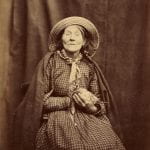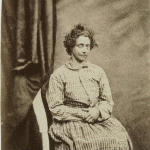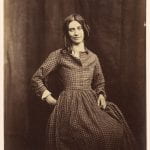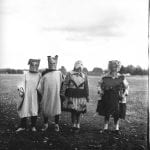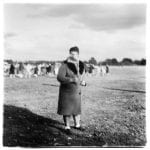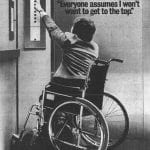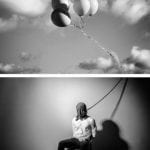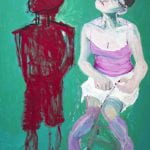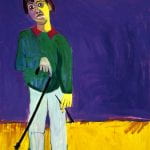Objectified objects / positive portraits
‘All photographs, be they of people with disabilities or of other subjects, contain visual rhetoric, patterns of conventions with a distinct style that cast the subject in a particular way’(Bogden, 2012, p.1)
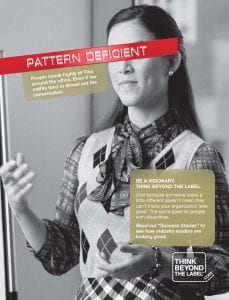
This session encourages a comparative and ethical approach to advertising campaigns / visual approaches which aim to promote disability awareness. Participants are encouraged to consider the potential for the objectification (or not) of disability, as well as the importance / function of text to potentially anchor our interpretation.
‘The body becomes the signifier of difference for disabled people’ (Hevey, 1992, p.30)
This Session could be run in conjunction with:
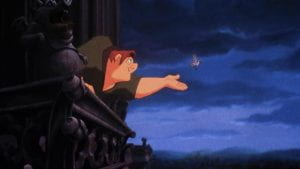
‘Movies have tended to show disabled people as objects of pity or even comedy, a different breed whose condition subjects them to isolation’. (Cox, 2012)
Aims & Outcomes:
- To investigate the ethics of the representation of disability in advertising / visual culture
- To reflect on positive / negative / stereotypical representations
- To visually consider the impact of these at provoking our ‘concern’ and action
- To explore the role of text within the adverts to convey / support the message
- Participant Outcome: 1 x A3 print advert
‘The impairment is what limits and thus defines the person. The focus here is on the failure of the individual to adapt to society as it is, and thus the impairment is regarded as the cause of disability’ (Evans, 1999, p.274)
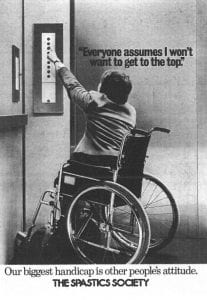
‘
The text constitutes a parasitic message designed to connote the image, to ‘quicken it’ with second order signifieds’ (Barthes, 1977, p.25)
You will need:
- A selection of visual adverts and representations of disability
- Digital cameras for all participants (and appropriate memory cards) *This session can also be run using Camera phones or Lumix cameras
- Card readers
- Access to computers (or laptops) and imaging software
- An Introductory Brief & Presentation (below) for participants to outline the ideas and provide examples
- A booked room to critique participants work (either via a projector or via print)
- Blue tack to pin the work
- Costings and Risk Assessments
‘By defining that person wholly by their impairment, the charities speak for disabled people implying they cannot speak for themselves’ (Hevey, 1992, p.26)
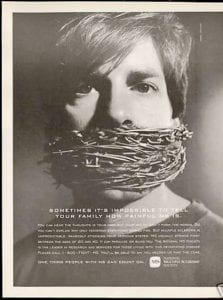
‘Only disabled persons, constructed as a particular kind of people, are subject to a process of image specialisation advertising, as such their image can be constitutied as a transaction in the public sphere. Charities are advertising a product who happen to be people’ (Evans, 1999, p.279
preparation work:
- Ask participants to read Jessica Evans (1999) ‘Feeble Monsters: Making Up Disabled People? in The Visual Culture Reader (Hall & Evans eds. 1999) available here
- Ask participants to read BBC (2016) Disabled models and athletes outraged by Brazilian Vogue Paralympic campaign photo (26th August 2016) available here
- Ask participants to read Tara Campbell (2019) ‘Exploring Mental Health Through Photography’ in Creative Review available here
- Ask participants to investigate the artists interviews available though fragmentary.org available here
- Ask participants to watch and discuss Pro Infirmis (2013) ‘Becasue Who is Perfect?’ available here
- Ask participants if they have thier own digital cameras and cards
- Make sure you have access to computers / image editing software
- Make sure there are enough team members to support participants (never assume thier prior knowledge)
- Decide whether you will project the work or print it.
- If you are printing it make sure Reprographics are aware and be aware of timekeeping so they have space to print the work – or use A3 colour photocopiers.
- *If you are running this session off campus, make sure there is access to printers or projectors
‘The focus [on] the ability not the disability’ (Barnes & Mercer 2003, p.98)

‘The implications of this is that for charity advertising to be successful in its aim of raising funds, it may be undermining another objective: to ensure people are afforded civil rights and seen as of equal value to others’. (Bender, 2003, p. 124)
‘Imagining disability as ordinary, as the typical rather than the atypical human experience, can promote practices of equality and inclusion that begin to fulfil the promise of a democratic order’ (Thompson, 2001, p.360)
Presentation ideas: Objectified objects / positive portraits

‘Why can’t Down Syndrome people be exaggerated or wear too much makeup if they like it? You see all kinds of people expressing themselves with fashion or makeup that is more or less a costume. It’s a common habit’ (Krüger in Griffin, 2014)
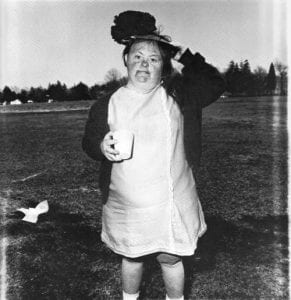
‘We can stare at these portraits in a way that we couldn’t stare at these women and girls if we met them on the street. We can be fearful and curious and safe all at once. They are Other’ (Dorfman, 2009)
suggested Session Outline:
- Ask participants what knowledge.they have about disability (both physical and non physical) Remind participants that not all disabilities are visually discernable.
- Give the Presentation above. Invite participants to compare the adverts? What are the similarities and differences? Pay attention to the time they were made / positive or negative messages and use of text as message. Is is successful? Which adverts / images are more positive? Why?
- Brainstorm ideas and (stress) ethical concerns about the images. *Participants might make a more ‘positive’ versison of a pre-existing advert / image / character etc.
- individually / in groups make an advert (include text) which aims to inspire change and makes a positive representation of the individuals / issue.
- Print / Project and critique the images with these intents / ethics / aesthetics / use of text in mind and considering how we might overcome compassion fatigue and the visual objectification of the differently abled.
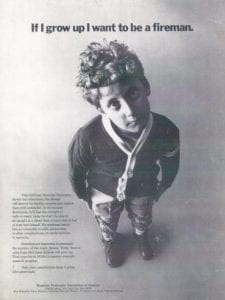
‘They had me stand in leg braces and they told me the caption was going to be: ‘If I grow up, I want to be a fireman.’ I was 6 years old. I was told I had a normal life expectancy at that point and I did not want to be a fireman. So I was quite upset… I knew I couldn’t be a fireman. That was absurd… It felt untrue. It felt exploited’ (Mattlin, 2012)
